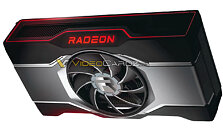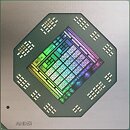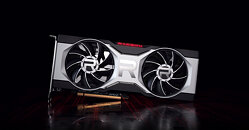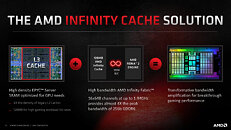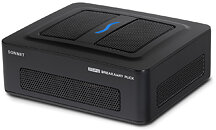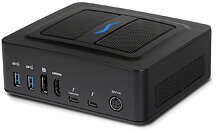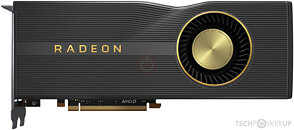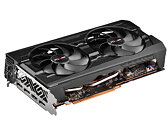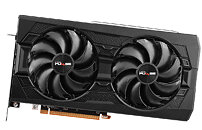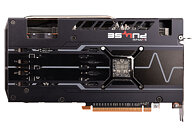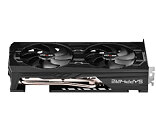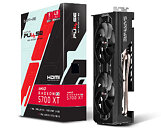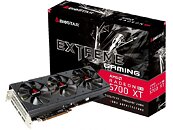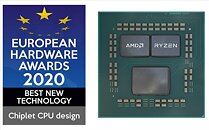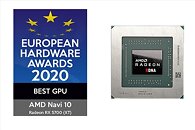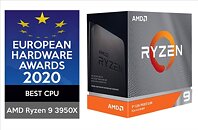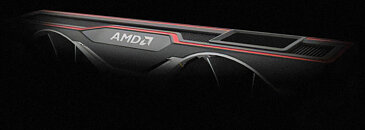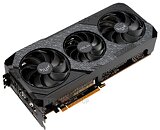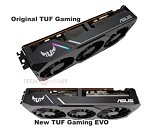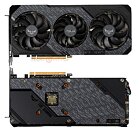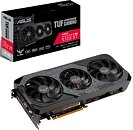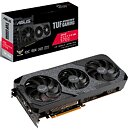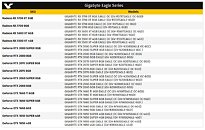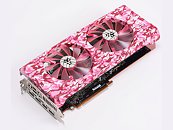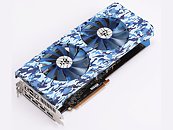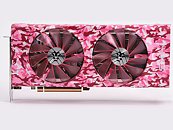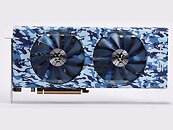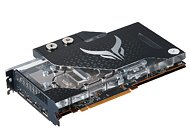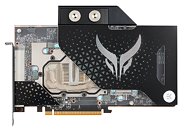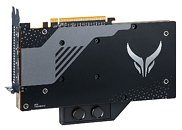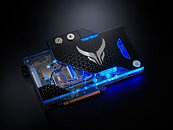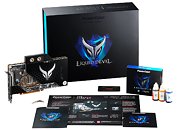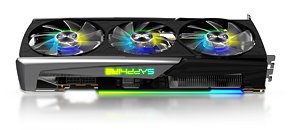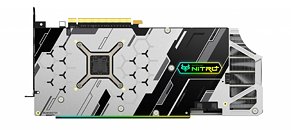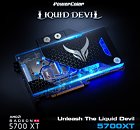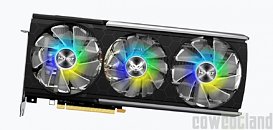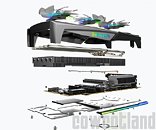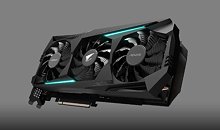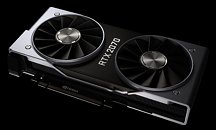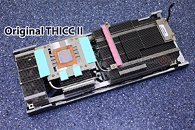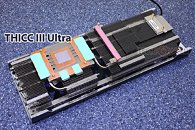An XFX spokesperson, commenting on a Reddit post linking to our
comprehensive review of the XFX Radeon RX 5700 XT THICC III Ultra graphics card from Thursday, stated that they have revised the coolers of its sibling, the THICC II (which we also
reviewed). Besides the number of fans (3 vs. 2), what sets the THICC III and the original THICC II apart is a slightly longer aluminium fin-stack heatsink on the THICC III, and more importantly, a copper secondary base-plate instead of aluminium alloy one, on the THICC III. This secondary base plate pulls heat from the eight GDDR6 memory chips. What's more, with the THICC III, XFX also removed a metal foil between the secondary base-plate and the main heatsink.
In our testing, we found this simple design change dropped memory temperatures by 8°C compared to the original THICC II. Higher air-flow from the triple-fan setup may have also contributed, although we believe the base-plate changes, specifically removal of the metal foil, contributed the most. The XFX spokesperson announced that the company is implementing the same base-plate design on the THICC II, and that revised cards are "already on the shelves." The spokesperson also announced that anyone with an older revision of the card can seek a free replacement to the newer revision by
contacting XFX. We are awaiting information from them on how to tell the older revision apart from the newer one without having to disassemble the card, and will update this article.



